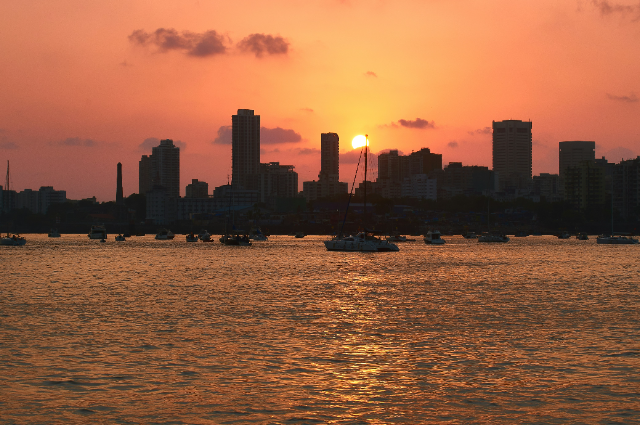
Photo by Avinash A on Unsplash
Recently, the Prime Minister of India, Narendra Modi held a meeting to discuss about the readiness in respect to the country's situation while dealing with extreme summer heatwaves during summer months this year.
The meeting attempted to throw light on the associated efforts of the Central, State and Local bodies.
The members of the discussion were busy assessing the forecast of different regions across India especially the central and western parts of India. It was found that the expected forecast shows temperatures to go beyond the average temperature levels.
Apart from gaining meteorological data, the team analyzed the preparedness of the health sector in providing necessary and optional extra as relief items during these sultry and hot months during April-June. Things such as intravenous fluids, ORS, ice packs, medicines and drinking water etc.
Discussion at the Central level should be disseminated to the citizens of the country and timely information should be made available to all of them either using the official languages or regional languages.
Anticipating a hotter-than-normal summer clashing with the General Elections, in 2024, it was considered necessary that the advisories should be translated from health management agencies to different states across the country.
PM Modi focused highly on a comprehensive and a collaborative approach in dealing with the hotwaves and demanded the utmost participation from different ministries across the country. At the same time, it's also essential that there should be an early detection of forest fires so that preventive measures can be placed accordingly.
The meeting was attended by senior officials including the principal secretary to the prime minister, the home secretary, representatives from the Indian Meteorological Department (IMD), and the National Disaster Management Authority.
“There is projection for extreme heat waves in the next three months. All the stakeholders including state governments have made elaborate preparations. Large number of lives have been lost in the past due to extreme heat waves. The level of our preparation has increased manifold. We came out with a national disaster management plan,” said Kiren Rijiju.
What are Heatwaves?
A heatwave is a period of abnormally high temperatures more than normal maximum temperature during the summer season typically from March to June.
The intensity of heatwaves is rising each year due to the crises of climate change.
The heatwave is considered when the maximum temperature of a station reaches at least 40°C for plains and 30°C for plains.
- The health impacts of Heat Waves typically involve dehydration, heat cramps, heat exhaustion and heat stroke, causing fatigue, weakness and dizziness, nausea and vomiting.
- The extreme temperatures and resultant atmospheric conditions adversely affected regions such as physiological stress related to death.
Way Forward:
Crisis like heatwaves are serious impacts of climate change. Global ecological crises such as global warming can be controlled with global health support and steps taken by the global community as a whole.
. . .
References:
- hindustantimes.com
- timesofindia.indiatimes.com
- drishtiias.com
- www.narendramodi.in
